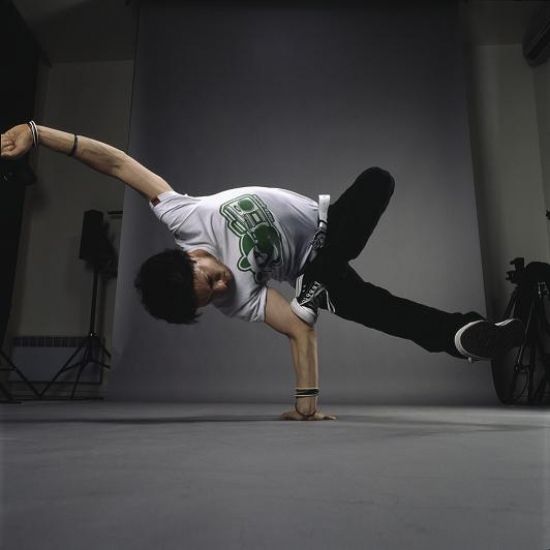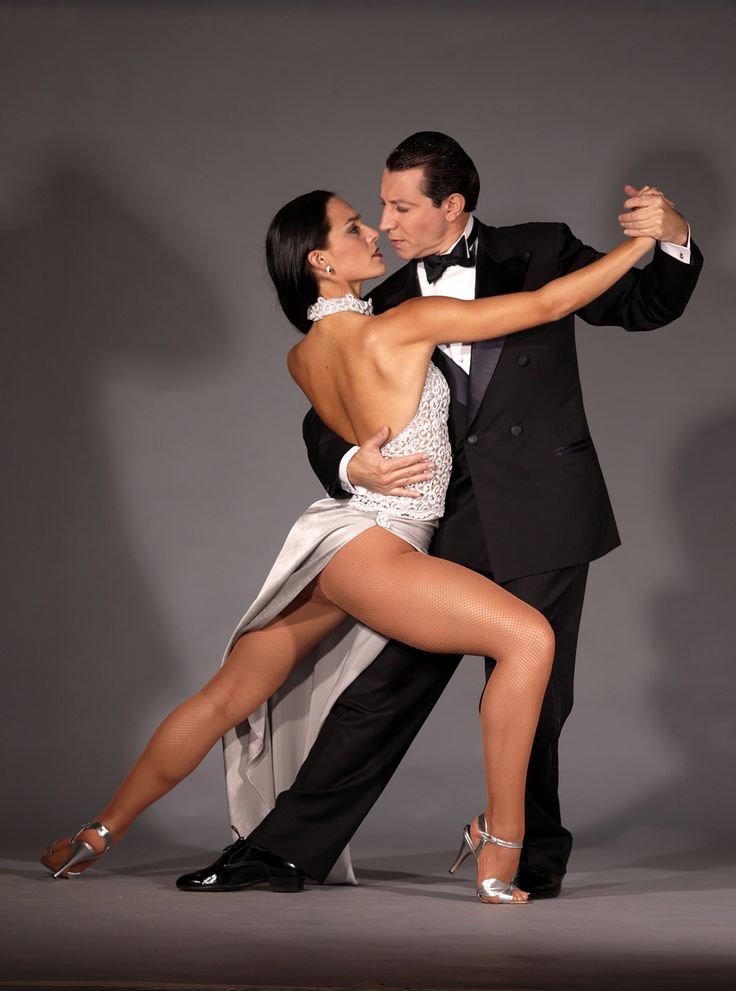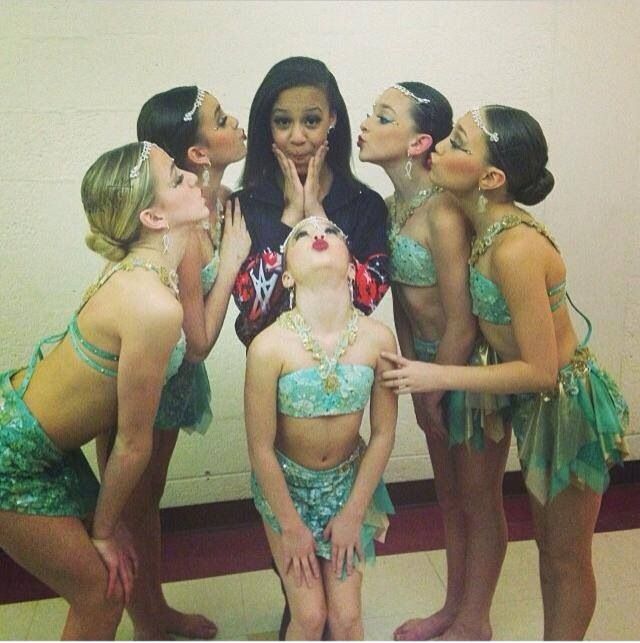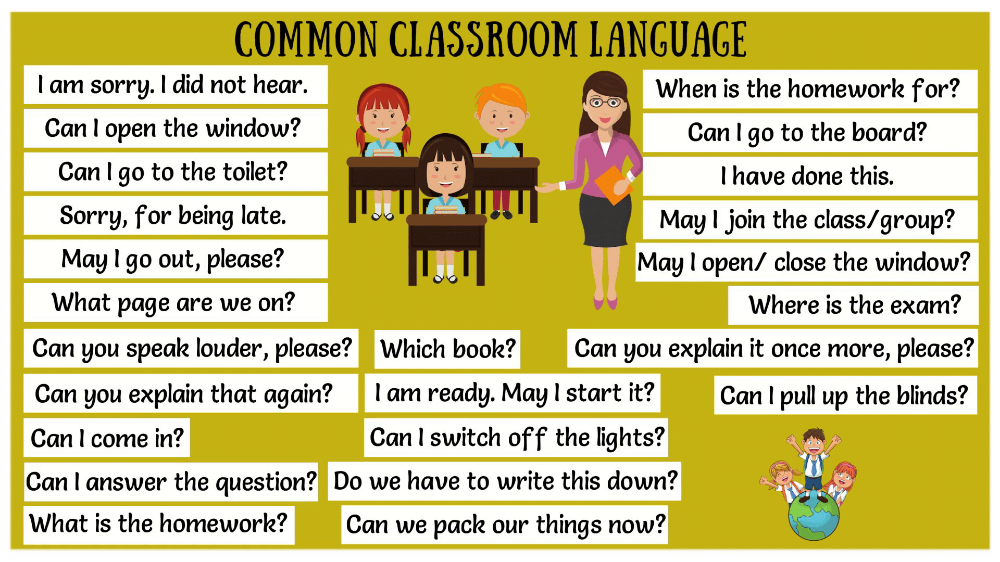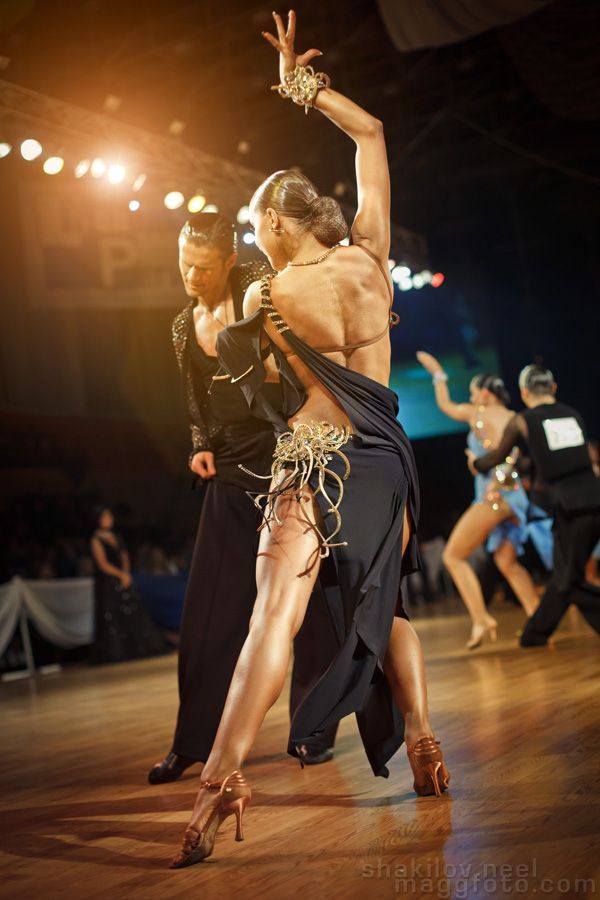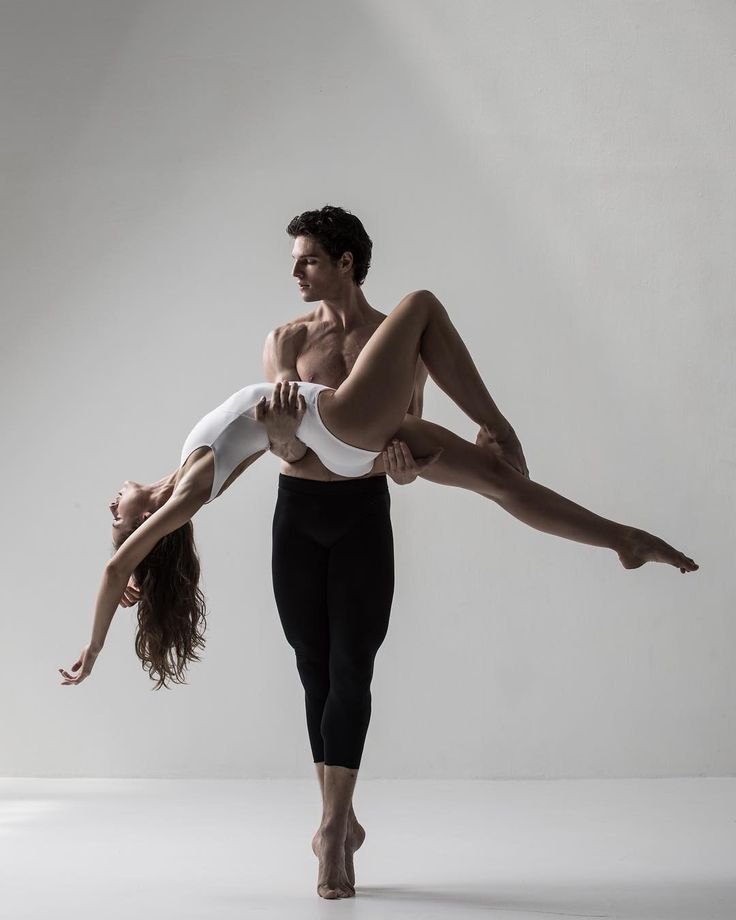How to dance the new bachata
How to Dance Bachata | Dancer’s Guide for 2023
Have you ever wanted to know how to dance bachata? Would you like to be able to dance the bachata effortlessly? Learning how to dance bachata is a great place to start for those who’d like to improve their dancing skills, or for those who simply want to get some fun exercise.
The romantic and sensual bachata is danced to a four-count beat, and includes some simple footsteps and hip movements. If you want to know how to dance bachata, you should know that bachata is categorized as an intimate dance style usually performed with a partner. So, whether you and your dance partner are beginners or a seasoned dancers, learning to how to dance bachata is a fun gateway to exercise and connection.
Jump to Section
- Learn How to Bachata From Experts
- What is Bachata?
- Basic Steps of Bachata Dance
Learn How to Bachata From Experts
If you’re looking to spice up your life, learn something new or simply get some good exercise, taking dancing classes near you is a wonderful, uplifting way to do just that. Attending dance classes in NYC to learn how to dance bachata can be a fun and inexpensive activity to do with friends or a great way to treat yourself. There are also invigorating dance classes in Las Vegas that can provide you with in-depth instruction to help you master bachata steps.
Is Bachata Easy to Learn?
Bachata is a great dance for beginners to learn. When learning how to dance bachata, beginners will enjoy the learning simple steps and experts will have the chance to add their own personal flair to the moves. Sometimes, if you are starting out as a beginner, attending a dance class with other people can feel intimidating. There are always online dance classes that offer the same services, but you can learn your steps from the comfort of your own home, making this fun dance even easier to learn. Participating in interactive online dance classes to learn how to dance bachata is just as effective as taking in-person classes. This way, you can learn without worrying about traveling or being too close to other people. Win-win!
Win-win!
What is Bachata?
So what exactly is bachata dance and where is bachata from? The bachata dance originated in the Dominican Republic. Combining influences from Latin America, including Cuba, Costa Rica and Mexico, this dance is similar to the likes of the tango and bolero dances. This, like many other dance forms and styles, was created as a way to express human emotions.
What Makes Bachata Unique?
During the time period in which this dance originated, there was much political unrest and oppression as the area was ruled by a dictator, and dancing was a way for people to let loose and to allow their hardships to escape with the movement of their bodies.
Why was Bachata Prohibited in the Past?
According to leading dance professionals at DanceUs, the bachata dance, in its early days, was considered to be derogatory, and was looked down upon by the Dominican elite classes.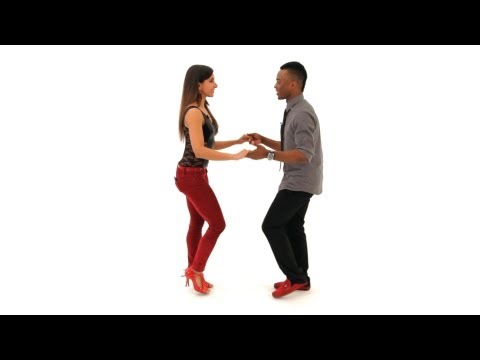 However, if we’ve learned anything in history, it’s that people will find ways to express themselves and have fun regardless of the connotations that oppressors put on them. The dance, as such, has prevailed and expanded throughout the world, and generations have taught and learned how to dance bachata.
However, if we’ve learned anything in history, it’s that people will find ways to express themselves and have fun regardless of the connotations that oppressors put on them. The dance, as such, has prevailed and expanded throughout the world, and generations have taught and learned how to dance bachata.
Bachata Instruments
Thus far, we have only referred to the bachata as a dance. However, it is important to note that bachata is also a form of music. Of course, the two go hand-in-hand, as the bachata dance was derived from bachata music. Think about other dance forms like the waltz, tap dancing, line dancing and tango. They are all respectively performed to a certain type of music. The bachata music genre is characterized by a sensual beat that isn’t fast-paced, but isn’t as slow as the kind of music used for dances like the waltz. The music itself is typically created with acoustic guitar and percussion instruments for a smooth romantic feel, as is typical of many forms of Latin American dancing music.
Basic Steps of Bachata Dance
Learning how to dance bachata is quite simple. It’s a great stepping stone for those who are looking to improve their coordination or rhythm. To learn how to dance bachata, practice the steps below. Tip: try using a mirror or recording yourself to see how you can improve!
How to Dance Bachata Without a Partner
Can you learn bachata alone? Yes! While bachata is usually danced with a partner, it can also be done solo. This dance consists of a simple three-step move to a beat. It is recommended to keep the knees slightly bent, and to remain loose throughout. The traditional move is a step that goes: side, side, side, and then the slight pop of the hip to the side follows. After, you’d do the same move in the opposite direction. The idea is to keep moving and have your hips swaying with each step.
How to Dance Bachata With a Partner
The bachata dance is known for being sensual, intimate and romantic.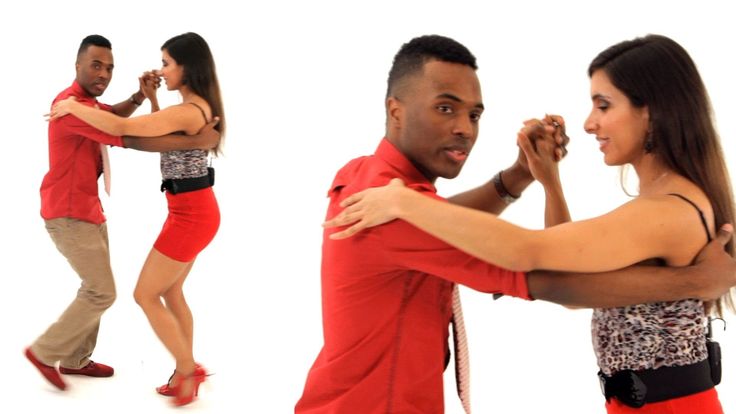 As such, when it comes to how to dance bachata, it is most common to dance with a partner. When dancing with a partner, you will stand close together while doing the bachata steps. You can choose to stand with some space in between you and only your hands touching each other (open style) or closer together with your bodies touching (closed style). When learning how to dance bachata with a new partner, it can take some practice to learn how to step to the same beat, so be patient!
As such, when it comes to how to dance bachata, it is most common to dance with a partner. When dancing with a partner, you will stand close together while doing the bachata steps. You can choose to stand with some space in between you and only your hands touching each other (open style) or closer together with your bodies touching (closed style). When learning how to dance bachata with a new partner, it can take some practice to learn how to step to the same beat, so be patient!
Bachata Turns
Over time, the bachata dance has been improved upon and influenced by other movements and cultures. The salsa dance has had a major influence on the evolution of bachata, as it is now common to include a turn that is similar to the one used in salsa dancing. A turn is typically incorporated on the fourth beat, wherein one partner will raise their arm while the other partner will do a complete turn or spin and then go back to their partner and continuing the steps.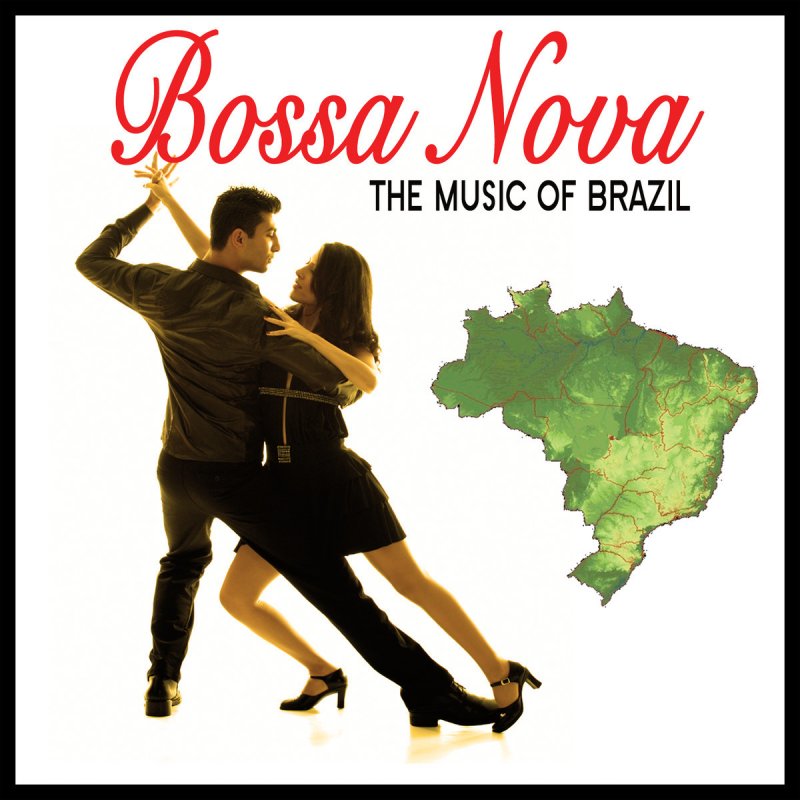
Personal Flair
Since the groundwork for how to dance bachata is fairly basic, it is easy to learn how to dance bachata. Once it is learned, it is common to spice up the moves a bit. You can incorporate a slide, wherein on the fourth beat, one partner does a side slide instead of doing side steps alongside their partner. Or, you can incorporate more complex footwork, like stepping front-to-back instead of side-to-side. It is also common for couples to add twisting into their normal movements, putting an exaggeration on the slight hip movements of the bachata steps.
Now you know the basics of how to dance bachata! Did you know that the act of dancing contains numerous health benefits for humans? The act of moving your body to music releases endorphins that make us feel happy, which contributes to our overall health. Moreover, it’s just plain fun! Wait no longer. If you’ve been thinking about learning how to dance bachata or to start dancing in general, try out a dance class or the moves listed above.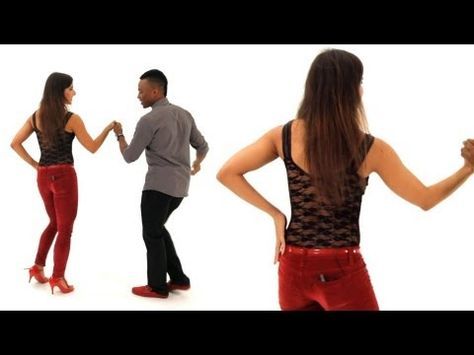
For even more creative ideas and inspiration, check out other experiences happening on Classpop!
Related Articles
A Beginner's Guide to Cumbia DancingHow to Belly Dance (With Confidence!)
How to Line Dance Like a Pro
How to Slow Dance With Style
How to Salsa Dance Beginner’s Guide
How to Swing Dance: A Beginner’s Guide
How To Dance Bachata For Beginners
The Bachata is one of the most fun dances to do at clubs and parties alongside Salsa and Merengue. In this video you’ll learn how to dance the Bachata dance steps.
Bachata Dance Step #1: The Side To Side Basic Steps
Summary of the Bachata steps:
Men:
Side with left foot
Close right foot to left foot
Side with left foot
Tap right foot to left foot (Partial weight)
Side with right foot
Close left foot to right foot
Side with right foot
Tap left foot to right foot (Partial weight)
Women:
Side with right foot
Close left foot to right foot
Side with right foot
Tap left foot to right foot (Partial weight)
Side with left foot
Close right foot to left foot
Side with left foot
Tap right foot to left foot (Partial weight)
Bachata Dance Step #2: The Fwd & Back Bachata Basic
Summary of the steps:
Men:
Forward with left foot
Forward with right foot (small step)
Forward with left foot
Tap right foot to left foot (Partial weight)
Back with right foot
Back with left foot (small step)
Back with right foot
Tap left foot to right foot (Partial weight)
Women:
Back with right foot
Back with left foot (small step)
Back with right foot
Tap left foot to right foot (Partial weight)
Forward with left foot
Forward with right foot (small step)
Forward with left foot
Tap right foot to left foot (Partial weight)
What Is Bachata? History & Character
Bachata is a dance from the Dominican Republic, and it is one of the hottest Latin dances today. It is a sensual dance where both partners bend their knees, and step from foot to foot, while creating body and hip movement.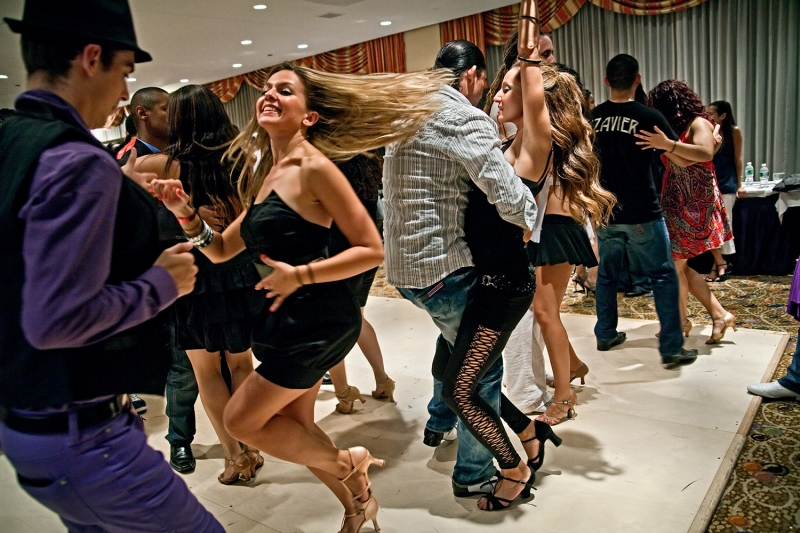 This dance has a unique movement at the end of every 4 steps – where instead of switching weight you “tap” the foot in place without weight. So there are a total of 6 weight changes and 2 “Tapping” steps within an 8 count of Bachata.
This dance has a unique movement at the end of every 4 steps – where instead of switching weight you “tap” the foot in place without weight. So there are a total of 6 weight changes and 2 “Tapping” steps within an 8 count of Bachata.
The Bachata Count & Music
The Bachata music uses a 4/4 musical structure with phrases of 8. You simply count the moves in counts of 8 – 1,2,3,4,5,6,7,8. Each count is a full beat. Alternatively you can count in 4s – 1,2,3,4 – 1,2,3,4. The Bachata music is very sensual and dramatic. Artists like Prince Royce have made a name for themselves by producing many top Bachata hits.
More Bachata dance lessons.
Other dance lessons:
How To Dance Merengue
How To Cha Cha Dance
Swing dance moves (East Coast)
How To Rumba Dance
Salsa Basic Steps
Did you get it? Leave a comment below.
what is hidden in the names of dances and how to distinguish them
Blog Dominican.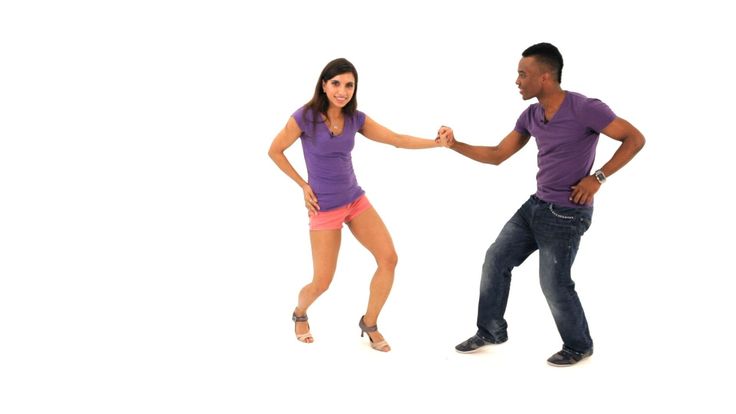 pro
pro
+1 (829) 715-8888
Articles about the Dominican Republic
Each dance is unique and inimitable. Rhythms, movements, emotions - Caribbean dances give dancers a pleasure that has no comparison. And if you have the opportunity to try dancing at least one of them, do it! Try, feel, learn. So a new World will open before you, in which you will want to return again and again.
Bachata
It was music. She pulled me in and called me after her. I was standing in a dark alley in a new country for me. Everything I wanted to know and feel. Carefully stepping, I went to the sounds.
The melody was tender, filled with sadness. The sadness that comes to the heart after separation. Finally I saw people. They were couples. Their bodies were tightly intertwined, they moved smoothly and unhurriedly to the beat of the enchanting music.
“One, two, three, four... kick. One, two, three, four... kick.”
"Ba-cha-ta" - someone whispered softly in his ear. I turned around and his hands were already on my waist. I pushed aside my thoughts and trusted my partner. "I can't," I whispered softly.
“Nothing needs to be done. Just listen to my body and move to the beat. I will think. For the fourth time, the thigh goes up. Smoothly, as if you want to lightly hurt someone.
This is how I met BACHATA . More than 8 years have passed since that evening, and bachata has become for me one of the symbols of the Dominican Republic.
The name of the dance comes from the Spanish bachata or cumbachata. These were poor people's parties with obligatory copious libations. Such gatherings were held in the courtyards of houses or simply on the street in the shade of trees. The musical style and dance of the same name originated here in the Dominican Republic and spread widely in the Caribbean.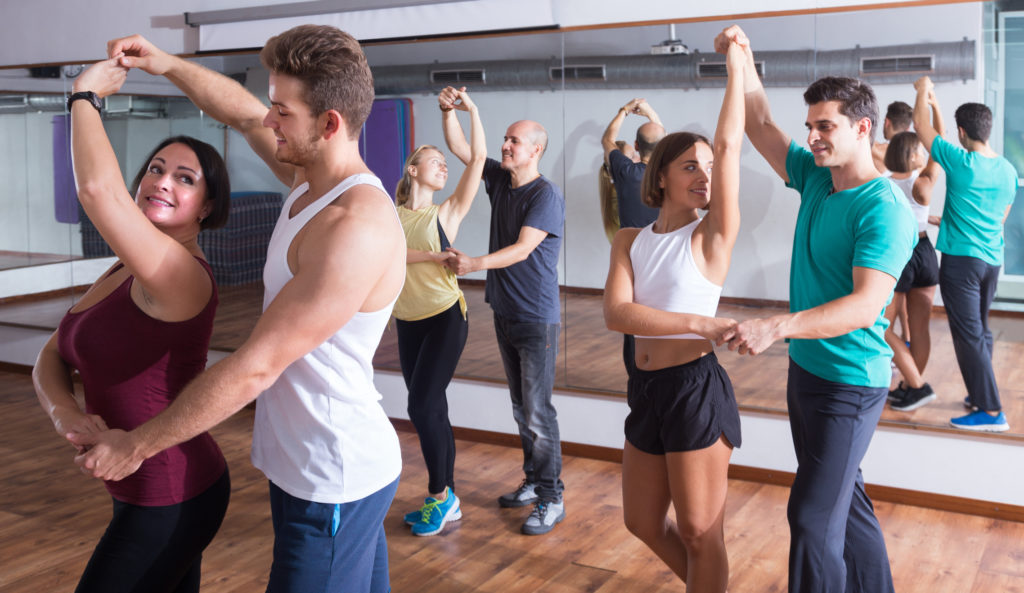
Musically, bachata is difficult to confuse with other dances. Danced for 4 counts with an emphasis on the last one. According to the execution technique, everything is simple: four side steps, and at the moment of emphasis, the movement of the hip in a spiral upwards. Bachata is always a closed position and close contact. There are very few turns, a lot of lateral penetrations and “throwing” the lady from side to side.
"Musica de amargue" - music of bitterness, words about unrequited love, the desire to prolong the minutes of meetings - all this makes bachata an unusually sensual dance.
Salsa
Another popular dance that the whole country dances is SALSA . Salsa comes from the Spanish Salsa - sauce. This dance tastes spicy and spicy like chili sauce. The temperament of salsa is a spark of expression, it is a palette of accents and a fairly high tempo.
There are several versions regarding the name "salsa". So, according to one of them, a group performing Cuban music performed in a small club in Miami. She turned the people on so much that everyone started shouting: “Salsa! Salsa!”, implying that the music was as spicy and hot as the sauce used to season the dishes in this establishment.
According to another version, the name goes back to the well-known at the beginning of the century dance "Echale Salsita". In the late 60s, a concert was held in the United States, at which Latin American musicians presented the "new boogaloo rhythm" - nothing more than a Cuban dream mixed with merengue, cha-cha-cha, mambo and boogie-woogie. Watching people from different parts of America dance to the new rhythm, Tito Puente said: "Esto es una gran salsa!", Which literally translates as "Great sauce!". The great sonero meant that, just like in a sauce, various ingredients were mixed in rhythm and a particularly “tasty” mixture was born.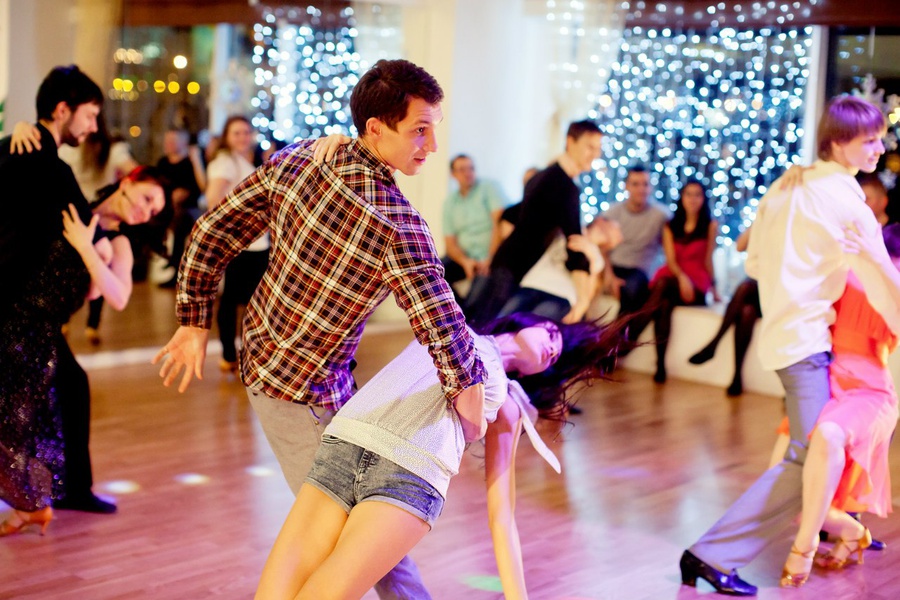
It doesn't matter which version you choose. All of them somehow agree on one thing: salsa is a mixture of different Latin American styles and rhythms.
If we talk about what dance figures are typical for salsa, it is worth noting that over the years the dance has undergone changes. For example, in the early 20s, salsa resembled a slower version of rumba, and in the 40s in New York, jazz and blues motifs change the character of the dance, and it manifests itself in the main step.
Technically Salsa is not difficult. The main thing is to openly express your emotions and feelings. Here and intrigue, and courtship, and refusal. Salsa is like a little story of two, embodied in dance. And despite the fact that the figures are repeated, with each new partner something unique and inimitable is born.
Since Cuba is the birthplace of salsa, Cuban sleep can be considered one of its varieties.
The world learned about this dance back in the 30s of the 20th century, it can be considered the "grandfather" of modern salsa, both dance and music.
Son is a pair dance with different rhythmic patterns. The main feature is that it is danced on contratiempo, they begin to move at the expense of four and eight. The dream is like a slow-motion version of salsa. Musically combines Spanish folk romance and African rhythms.
According to one version, the name of the dance goes back to the Latin “sonare” – to play, to sing. According to another version, this was the name of the dance form in Mexico in the 18th century.
Chassé steps, stops and rotations predominate in the performance technique, and the dancers in a pair hardly touch each other.
There are four main varieties of Sona:
Montuno - rustic substyle, more free than the others. Guaracha - fast, with a special basic step: crosswise with weight transfer between the legs. Changui - springy step. Traditional - elegant slow sleep.
Meringue
Have you ever tasted airy white sweets made from egg whites? Yes, yes, they are the most that are called Meringues. Delicate and crispy figurines have won the hearts of many sweet tooth around the world.
Delicate and crispy figurines have won the hearts of many sweet tooth around the world.
Is it pure coincidence that a dance born in the Dominican Republic has the same name with a difference in the last letter?
Translated from Spanish merengue means "meringue", and "meringue" in turn goes back to French and means "kiss".
Born in the Dominican Republic, this extremely sensual and incendiary dance is also called MERENGUE . He attracts with his temperament and expression. And the movements are so light that it looks like meringues melting in your mouth.
However, the issue of origin causes a lot of controversy. I will outline only the most interesting versions of the appearance of merengue in the Dominican Republic.
In 1844, a melody was played to commemorate the victory of the Dominican troops over the Haitians. It was she who inspired the appearance of dance in the province of Cibao. Rumor has it that this cheerful song made fun of one commander of the Dominican regiment, who fled the battlefield.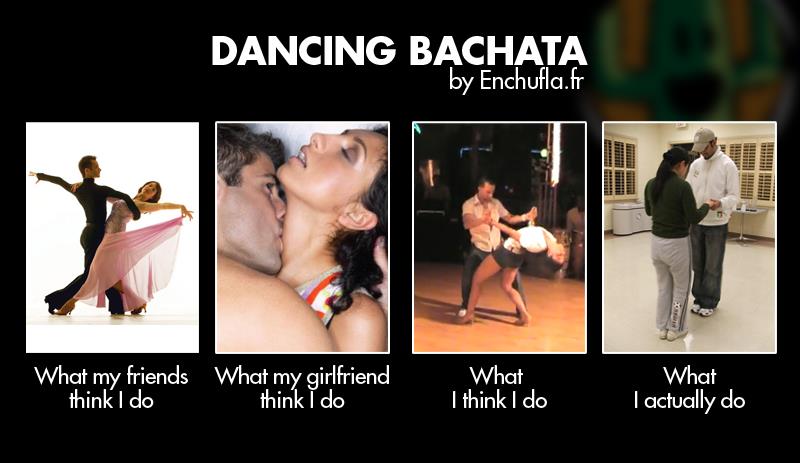 mid 19century, this melody became beloved and popular and replaced other rhythms of that time.
mid 19century, this melody became beloved and popular and replaced other rhythms of that time.
According to another version, the name goes back to the name of the figure of the Cuban dance upa habanera.
However, the most plausible version involves the participation of slaves cultivating sugarcane plantations. According to it, working slaves were chained to each other so that they would not escape. So they pulled one leg. For the slaves to work at a certain pace, the overseer beat them with rods, setting the speed.
Merengue is a very rhythmic dance. And this rhythm is able to influence. So, for example, in the history of the Dominican Republic, the fact is known that the political slogans of the famous dictator Trujillo sounded to the rhythms of merengue.
As a dance, merengue uses a large number of figures and ornaments. Especially often used are circular movements of the hips, rotation of the body, movement of the shoulders at an accelerated pace. Many of them go back to the folklore version of the dance.
Reggaeton
Reggaeton was first discovered in the 1970s, when immigrants from Jamaica brought with them the reggae musical style, which was new to the United States. It combined elements of different cultures: hip-hop, rap, techno.
Reggaeton is such a dynamic and charming dance that it's hard to stand still if you hear its rhythms. The movements are often frank and frivolous so that some may even seem vulgar. It is no coincidence that in the United States the authorities categorically forbade the development of this style. The dance movements were not in accordance with the moral principles of the government, and all attempts to organize reggaeton discos were severely suppressed by the police.
The name is derived from the name of the musical style "reggae" plus the magnifying suffix "ton". Reggae, in turn, comes from the term "pere-pere", which means "rags" or "torn clothes", and this is the first key to understanding the style and character of Reggaeton.![]()
It can be danced both solo and in pairs. Double reggaeton is singled out in a separate category, where elements of salsa and bachata are captured. The greatest attention is paid to the legs and stomach - legs, hips move constantly. To all this, movements of the arms, shoulders and the whole body are added. It turns out a bold and beautiful dance.
Perreo, a sub-direction of reggaeton, is considered hyperexual and rather intimate. (from Spanish perro - dog). The partner stands with her back to the partner and performs various twists of the hips (vines) and shaking.
It is worth noting that Dominican reggaeton is the youngest dance direction that has won special love and popularity.
Bachata dance: the beauty of passion conveyed in movement about the direction of Bachata dance
Bachata dance: the beauty of passion conveyed in movement
Sensual and emotional bachata is a dance from the Dominican Republic. Initially, this dance was part of the musical culture for the poor.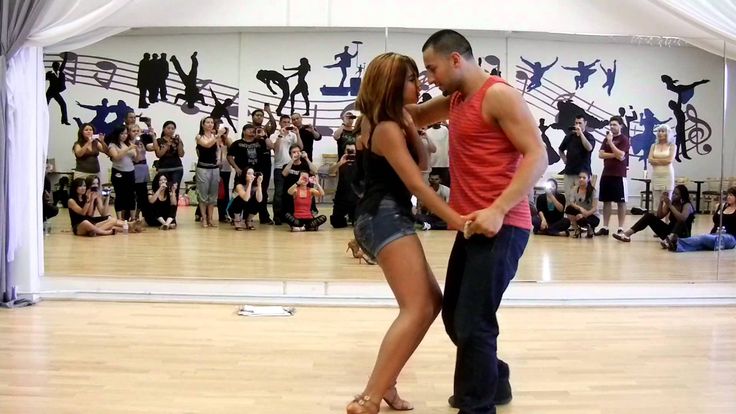 He didn't have strict rules or rigid choreography. However, gradually, thanks to well-known Latin American performers, they began to learn more and more about the new phenomenon. As a result, bachata has now conquered the world.
He didn't have strict rules or rigid choreography. However, gradually, thanks to well-known Latin American performers, they began to learn more and more about the new phenomenon. As a result, bachata has now conquered the world.
Features of the dance
The beauty of the movements fascinates! Even on the video, the bachata dance is conveyed as swift, sensual, smooth. And this despite the fact that the dancers themselves admit that it is much more pleasant to perform it than to watch it from the side.
Upon careful study, it is not difficult to identify several features:
The dance consists of 4 steps. In this respect, bachata resembles salsa, but is much easier to learn. Special physical training is not required. If you decide to get carried away with Latin American dances, you should start with bachata.
The direction is constantly evolving, new styles appear. For example, now some enthusiasts have begun to be interested in bachata solo for girls. Nevertheless, the classic version is a pair, where the main magic is associated with the interaction between a man and a woman.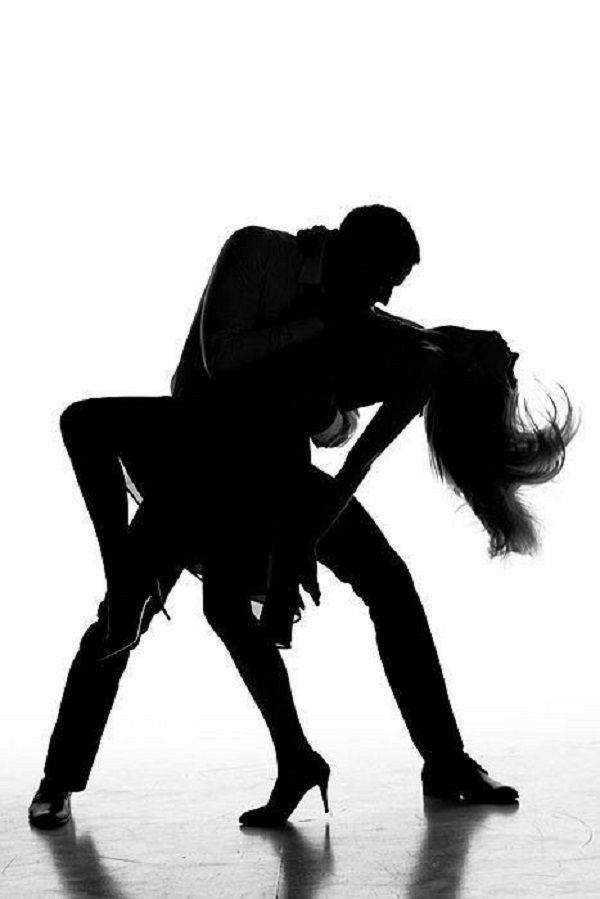
Bachata is really very easy to learn. And this is true not only for those who wish to master Latin American dances. Anyone can take bachata lessons for beginners, even if a person has never been interested in anything like this before.
The health benefits are obvious. Bachata involves a large number of movements of the hips and legs, due to which the issue of hypodynamia is solved, from which the majority of the population in civilized countries suffers today. At the same time, dancing is a great alternative to regular sports. They can not be called boring, they involuntarily captivate.
Bachata classes allow you to increase self-confidence and in your own attractiveness.
Improvisation is an important part of the dance. Therefore, you will not need to try to remember a strict sequence of movements.
With regular exercise, the stomach will become firm, the buttocks - elastic, and the legs - embossed.
The level of possession of one's own body, control over movements is growing.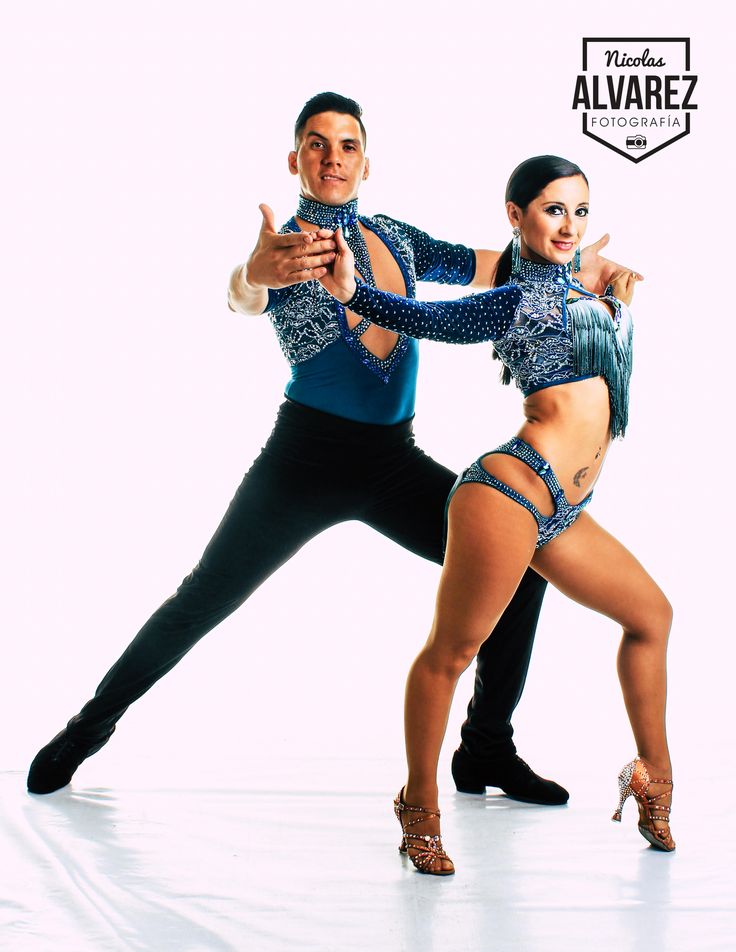 They become more flexible.
They become more flexible.
During classes, it is quite easy to relax, calm down. Bachata has a positive effect on the emotional state of a person.
How is bachata danced?
The performance of this dance is quite simple: it is based on 4 side steps, which end with a leg lift on the toes and the movement of the hips to the beat of the music. Then everything repeats. The count goes to 8, and an additional division by 4 is assumed. The pattern of the dance largely depends on the man who leads very clearly. The partner must adapt to him and feel every movement. Both react to music, responding to it with the body, body turns, head tilts.
In the process of dancing, it is possible to consciously speed up or slow down. This allows you to clearly place accents. Knowledge of the basics and a good ear for music, as well as an excellent sense of rhythm, allow you to already perform bachata. However, nothing prevents him from further improving, improving choreography, and discovering new facets.
